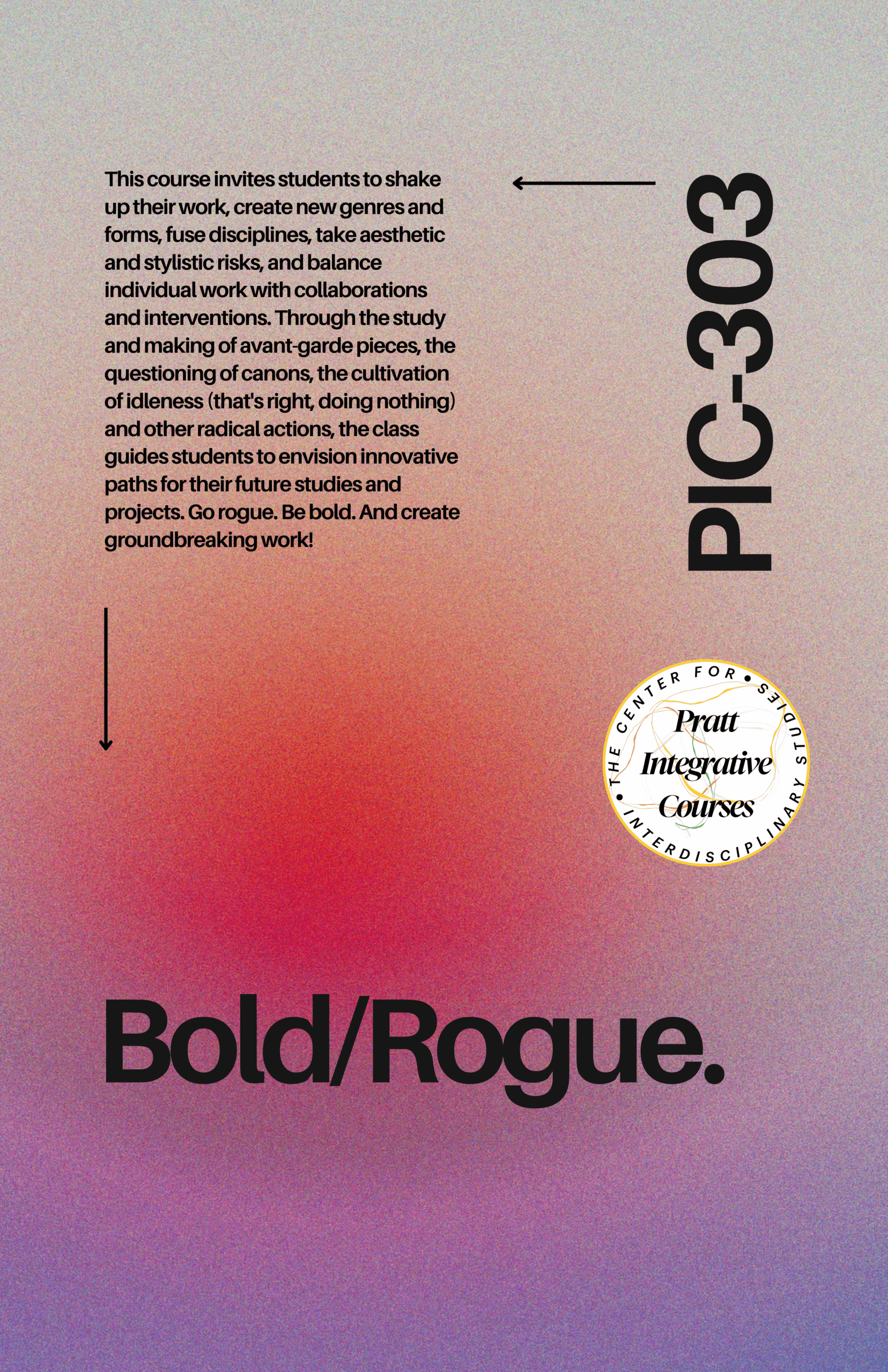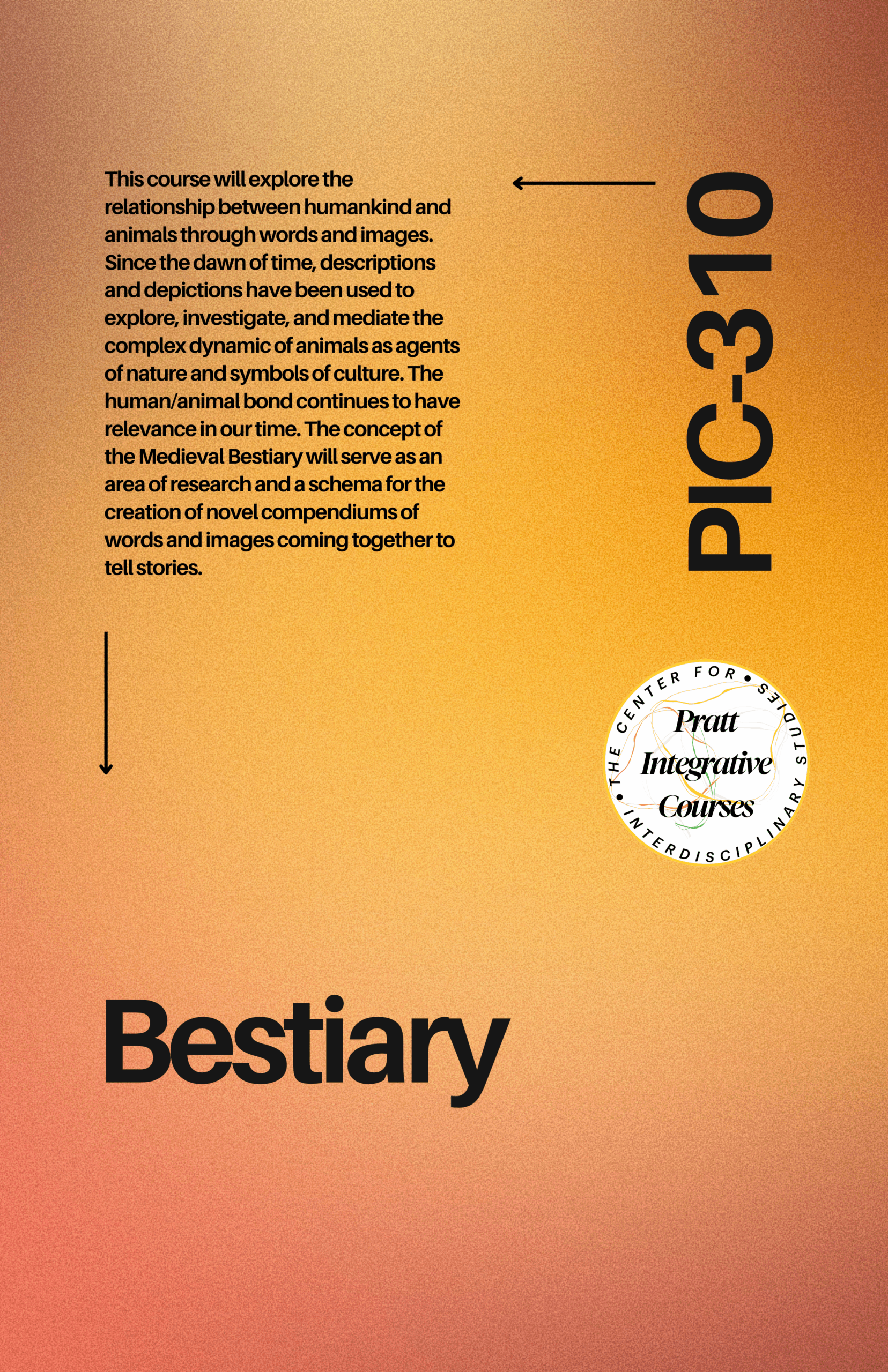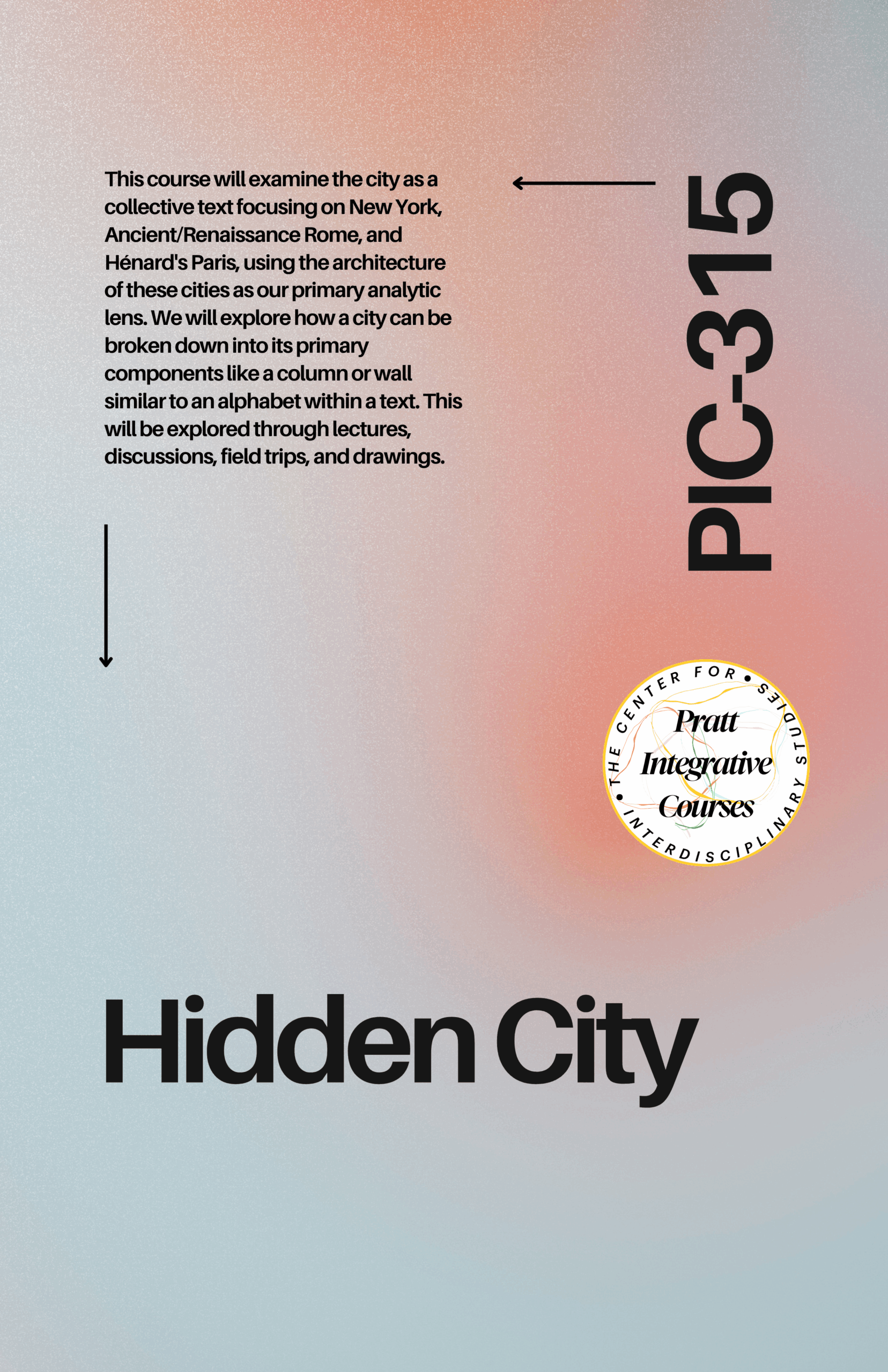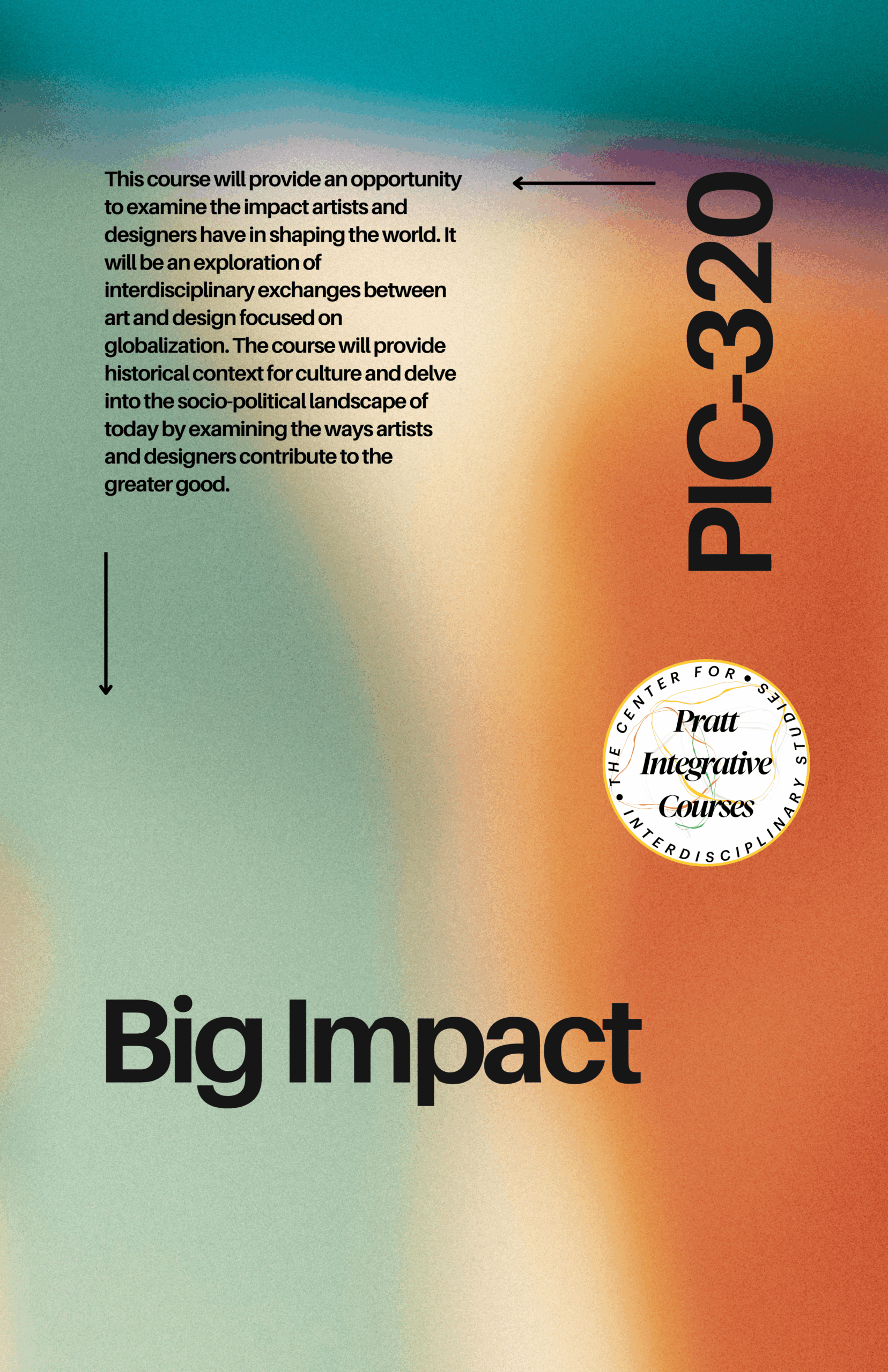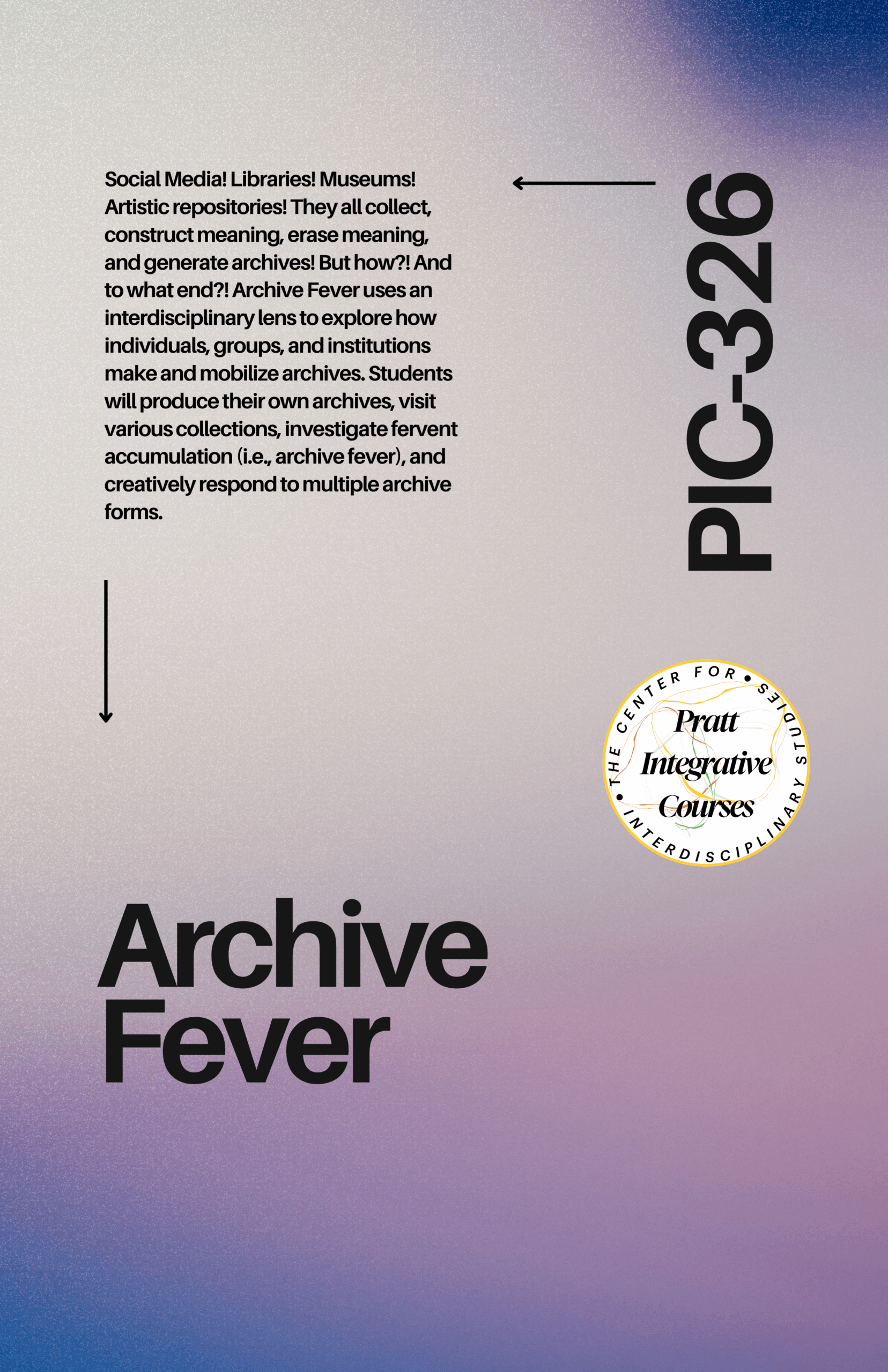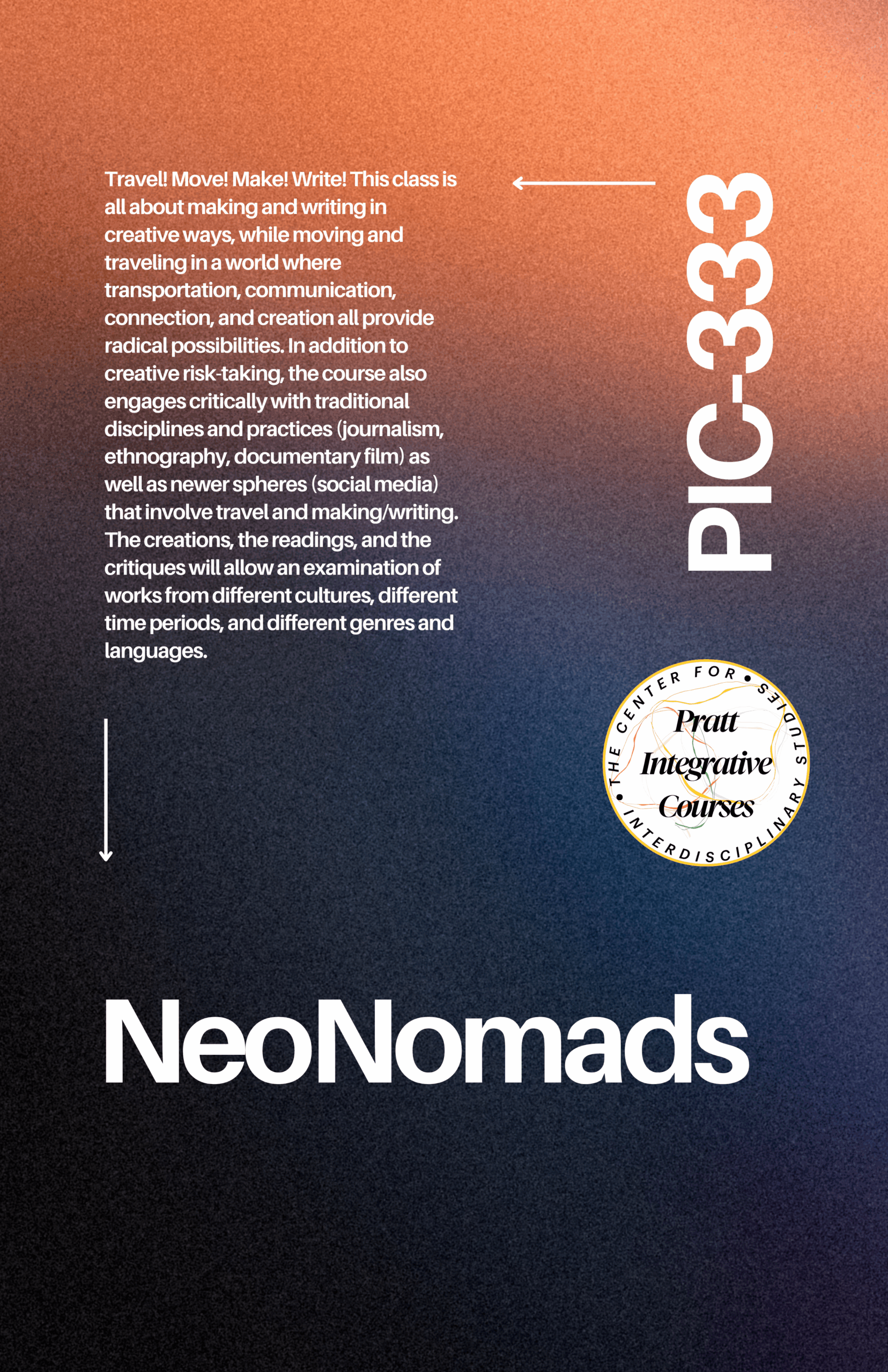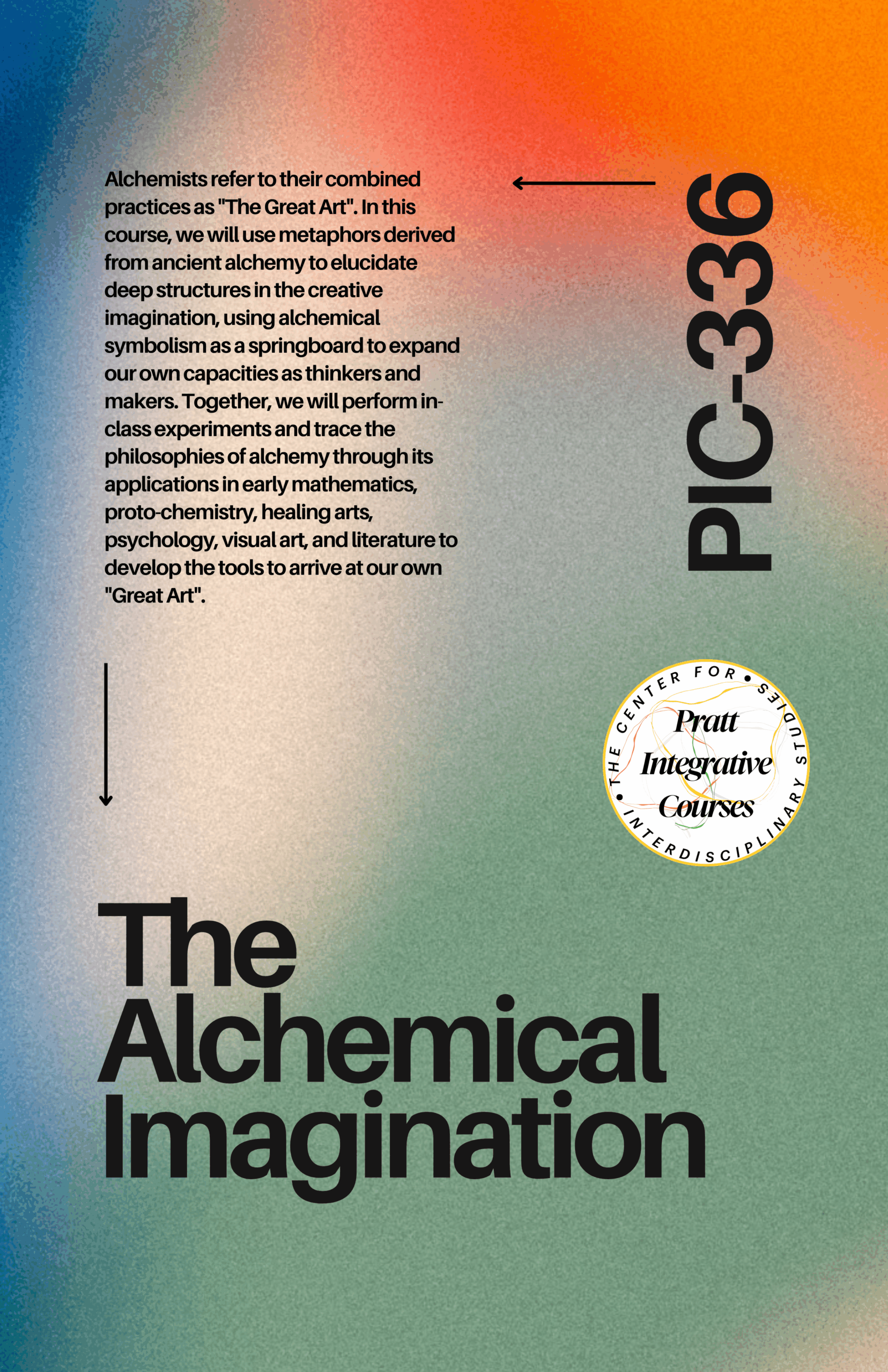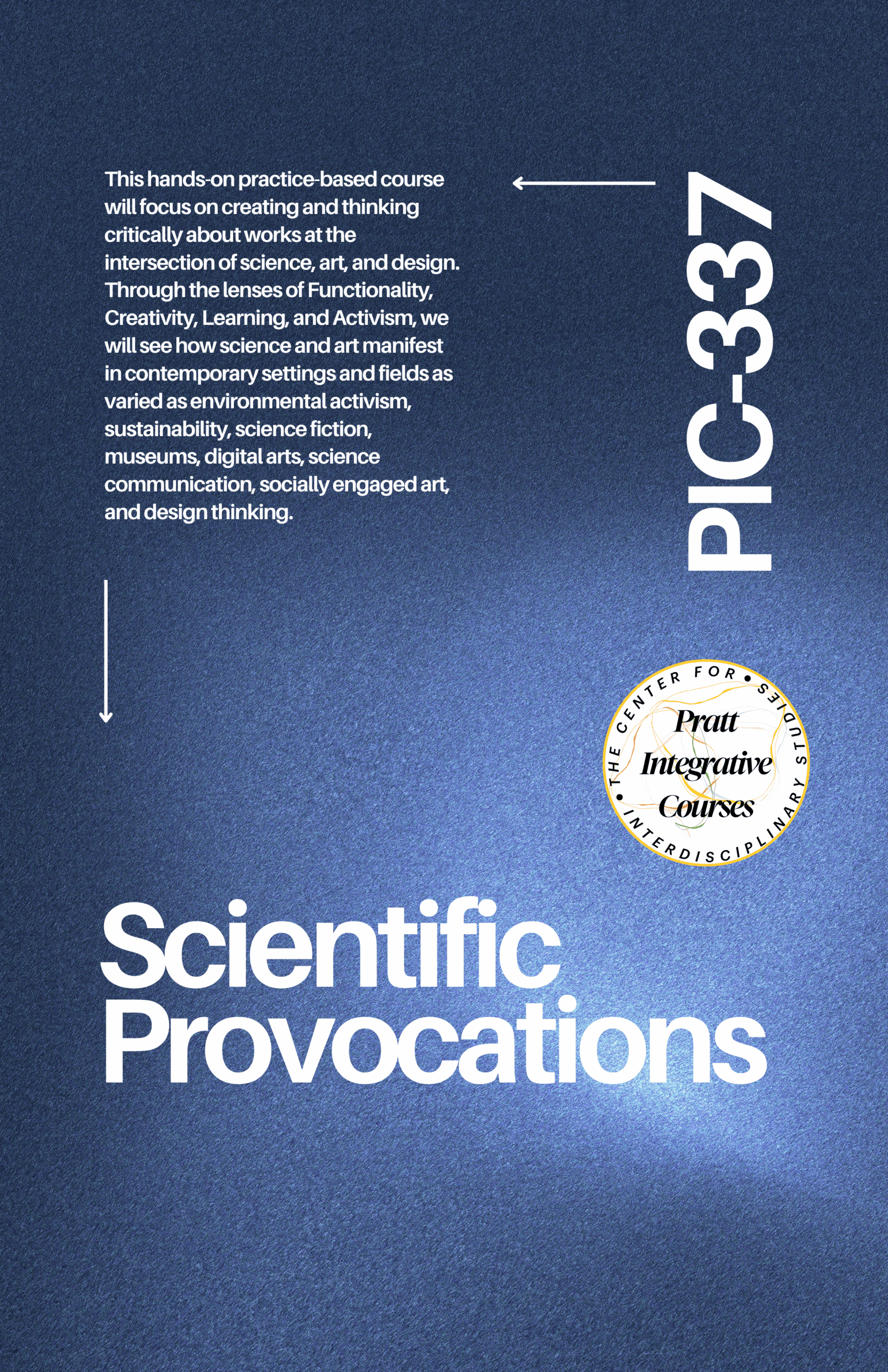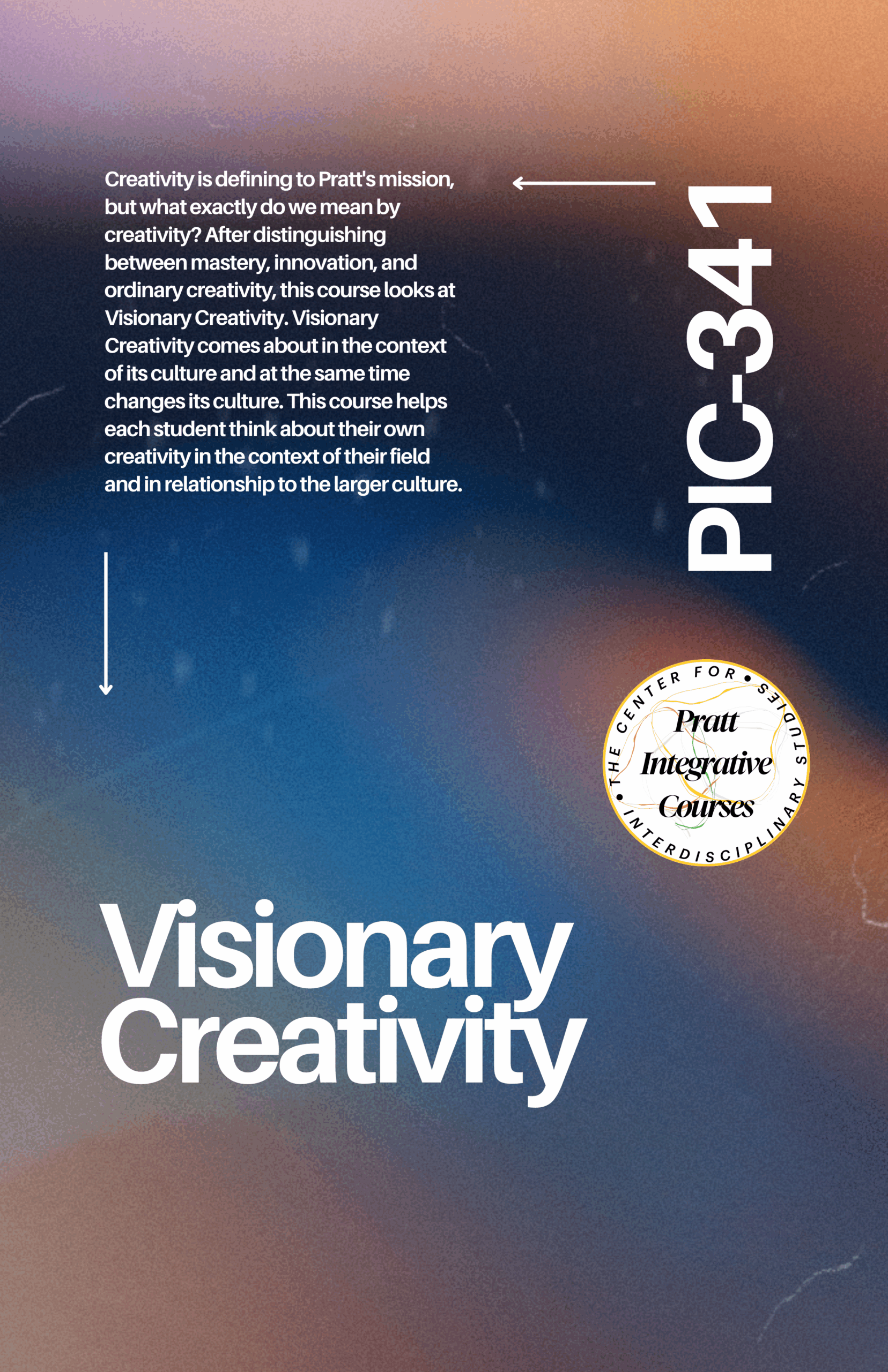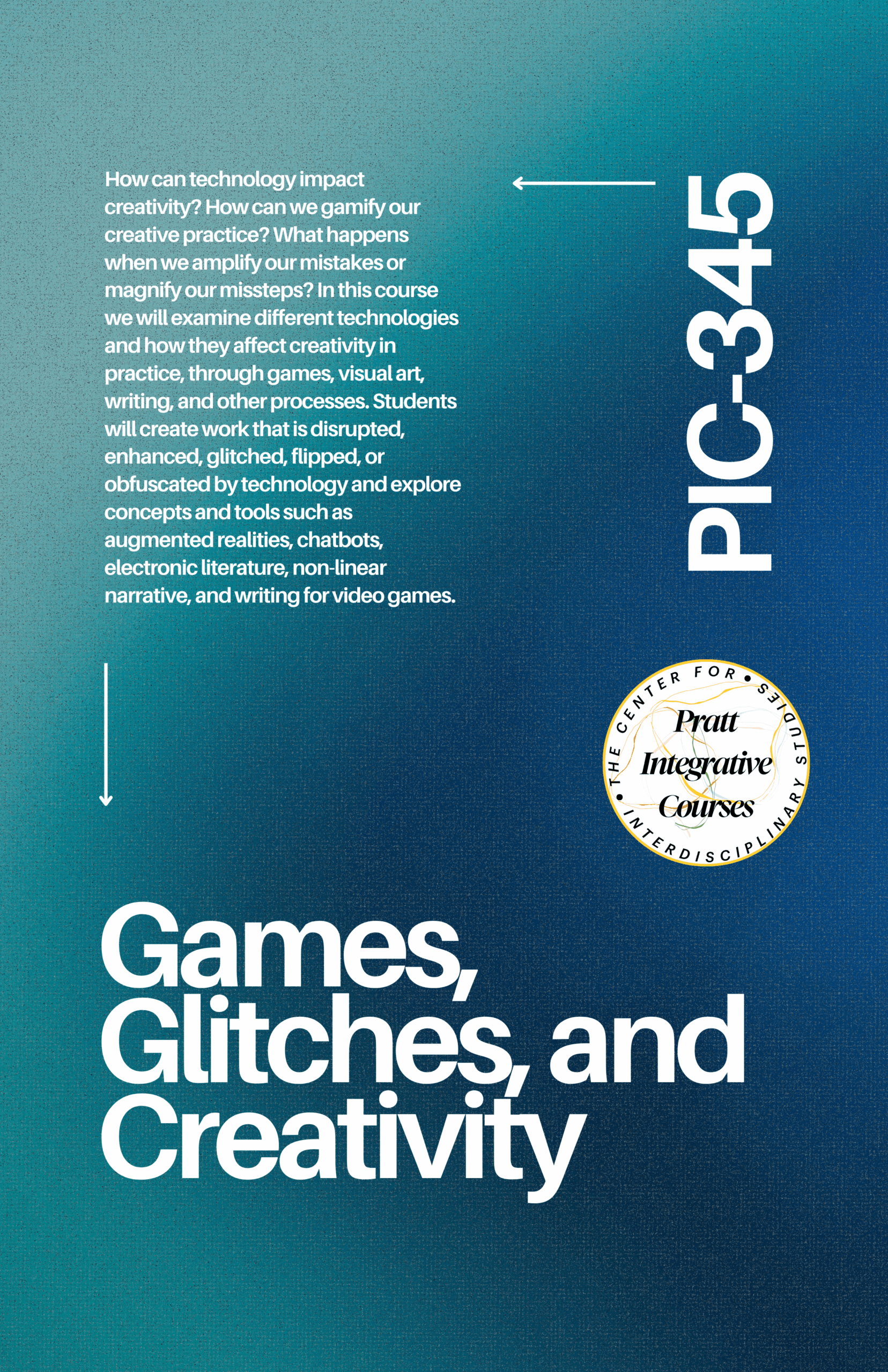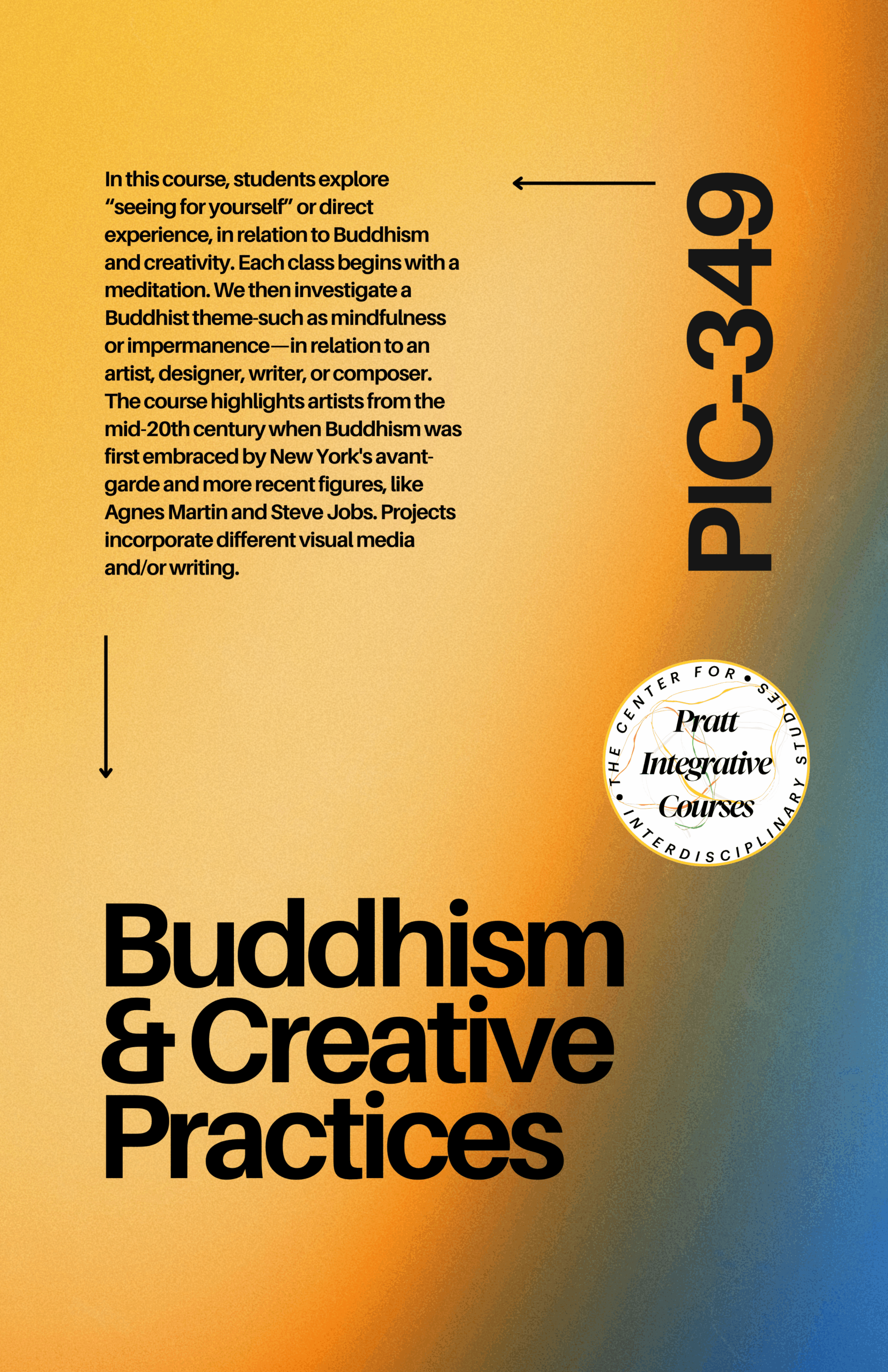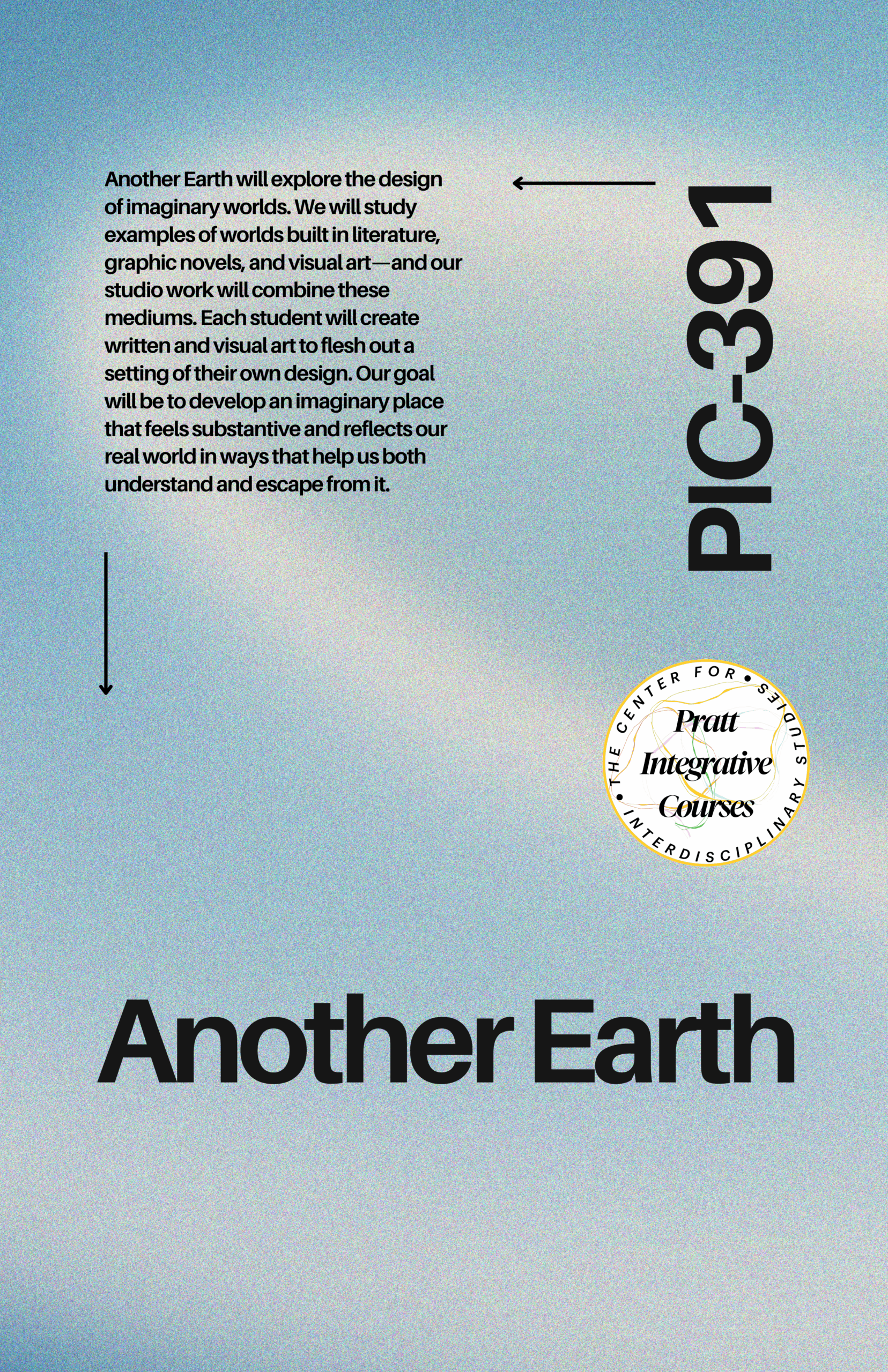From the beginning, Pratt Integrative Courses were meant to provide opportunities for students to engage in learning that would target particular integrative outcomes, while also allowing them to integrate their learning in Foundation, Gen Ed, and studio/departmental work happening in the first two years. They would also be able to reconnect with students from other majors in an experimental and collaborative setting. The offerings would thus allow students to explore different interdisciplinary topics and subjects while all classes would also have shared outcomes. The PICs would also contribute to Institute-wide learning goals. In fact, the PICs, launched before the Institute Learning Goals were formalized, contributed to the discussion and the framing of these goals. The offering also has led to faculty collaboration and community building across departments, with frequent meetings, confabs, presentations, guest lectures, peer-to-peer mentoring, and more. We thus used the conversation around integrative learning, along with “high-impact” practices, to generate more cross-departmental teaching and collaboration, using outcomes drawn from the Integrative learning VALUE rubric to allow students to engage in project-centered work. We also knew of challenges and tried to anticipate them, from pedagogical, logistical, and philosophical perspectives.

